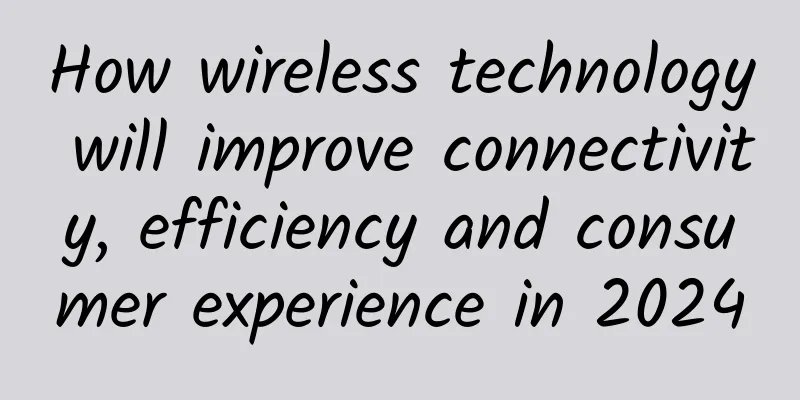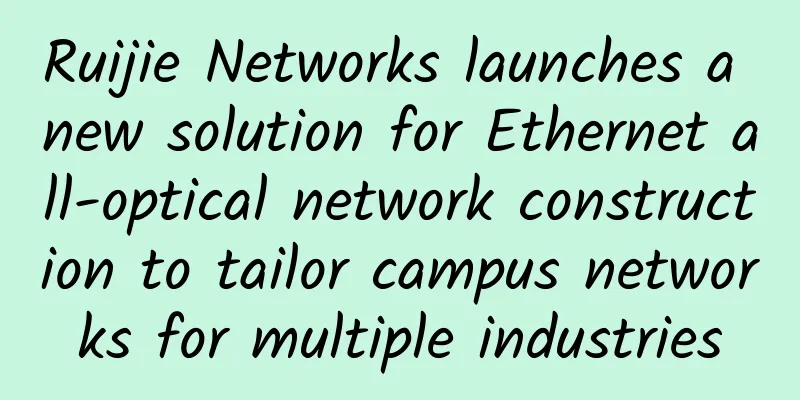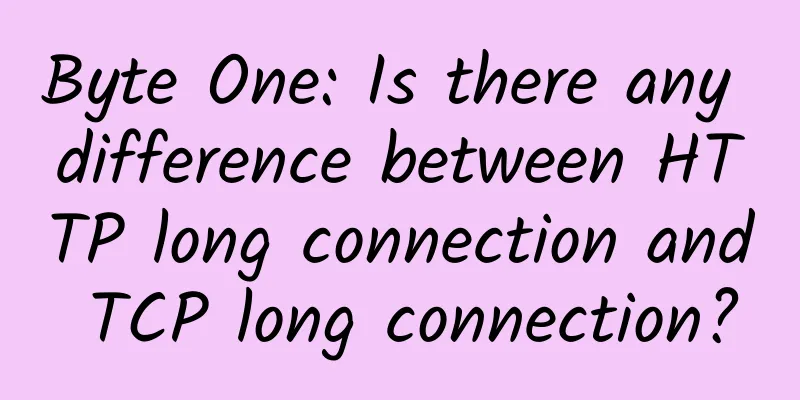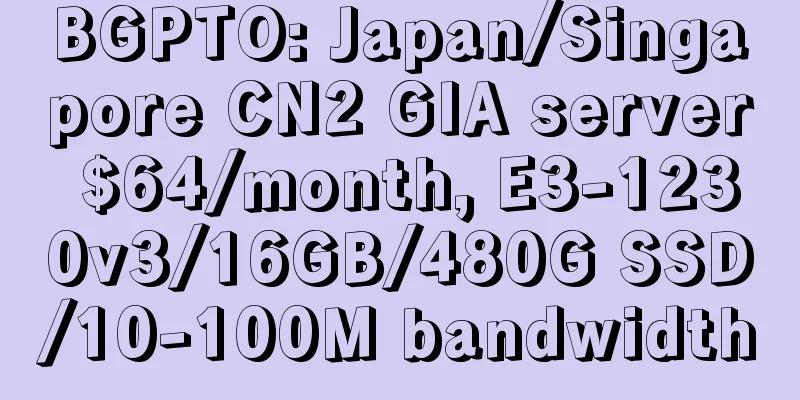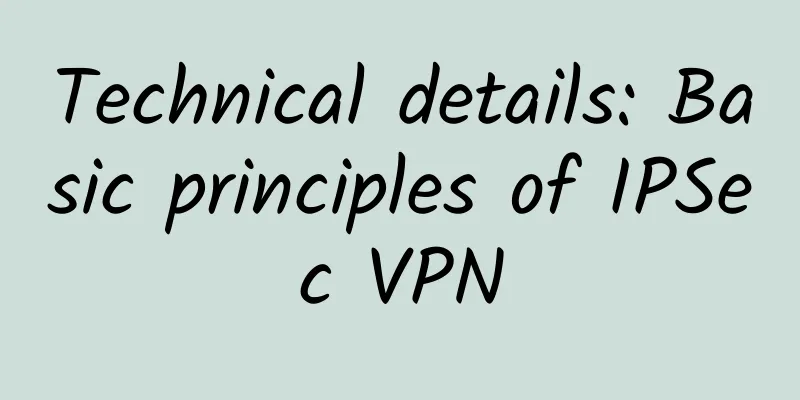VMware Unveils Innovations to Help Telecom Operators Modernize Their Networks

|
In today's digital economy era, it has become a consensus among enterprises to accelerate business innovation and upgrade with the help of cloud computing, edge computing, the Internet of Things and AI. To this end, enterprises must build modern networks to deliver applications, data and services to the edge at any location in a more efficient, secure and reliable way, which puts higher demands on telecom operators. To meet the changing needs of telecommunications operators (CSPs) and enterprises, VMware released many innovative achievements at this year's MWC 2023, and announced innovations and expanded partnerships in its service provider and edge product portfolios. At VMware's recent VMware MWC2023 Greater China Media Communication Conference, Stephen Spellicy, Vice President of VMware Service Provider Marketing, Support and Business Development, and Karl Brown, Senior Director of VMware SASE and Edge Product Marketing, shared in detail VMware's main strategies and key products and solutions for telecommunications operators. Stephen Spellicy said that VMware maintains a highly consistent strategy with telecom operators and has launched four major solutions through a series of innovations to help telecom operators upgrade their modern networks and help them better adopt and deploy modern applications and services in diversified environments. Stephen Spellicy, Vice President of Provider Marketing, Support and Business Development, VMware Build a modern network with VMware Telco Cloud Platform Transforming and upgrading telecom operators' networks, using consistent infrastructure to achieve unified operations, and automating multi-cloud environments are important tasks for telecom operators to achieve network modernization. To this end, VMware demonstrated the deployment of VMware Telco Cloud Platform, as well as product improvements and an expanding partner ecosystem. First, VMware released its vision for the Service Management and Orchestration (SMO) framework, which follows the O-RAN Alliance’s approach to simplify, optimize and automate the RAN and related applications, and released a new technology preview that enables telecom operators to run disaggregated and virtualized RAN functions directly on bare metal servers through VMware Tanzu, complementing VMware ESXi. Secondly, VMware is delivering next-generation networking in VMware Telco Cloud Platform, providing carrier-grade intelligent networking and horizontal security capabilities through VMware NSX. Through the latest advances such as DPU-based acceleration released in August last year, VMware provides accelerated network and security performance for VNFs and CNFs, while enhancing network observability and increasing the host resources available to applications. VMware also announced the launch of DPU-based acceleration of horizontal security functions such as distributed firewalls and distributed intrusion detection and prevention, as well as energy efficiency solutions for 4G/5G core load balancing needs. Again, VMware released the Telco Cloud Automation (TCA) automation solution to help telecom operators gain cloud-intelligent automation capabilities, quickly deploy various functions in the network, and perform full life cycle management in any cloud environment. Finally, in order to make the network certification function more convenient, VMware launched Continuous On-boarding and Validation (COV), which provides COV through a cloud portal to help partners verify their solutions more easily. It is understood that COV covers both Tier 1 telecom equipment suppliers and some disruptors and innovators who have newly joined the RAN field. In addition, VMware also provides new platforms and capabilities for telecom operators and service providers through the intelligent controller (RIC), helping startups to cooperate with the technology ecosystem composed of mature companies, thereby continuously improving the network programmability of RAN networks. Stephen Spellicy said that VMware has the largest xAPP and rAPP system in the entire field, which can be developed in combination with VMware's RIC and RAN intelligent controller. The powerful ecosystem can help telecom operators run on their RAN networks, so that the service quality and performance of telecom operators' RAN networks can be further improved. At the same time, it can also enable them to better use the data from RAN and find new features for 5G and future networks to obtain more revenue. At the meeting, Stephen Spellicy also introduced a large number of cooperative customers and successful cases. According to him, Vodafone, Samsung and Softbank have all gained powerful capabilities and achieved successful digital transformation by using VMware solutions. "The VMware telecom cloud operations ecosystem is one of the largest in the industry. Currently, more than 300 certified telecom workloads have been achieved, including virtualized network functions, containerized network functions, etc." Stephen Spellicy emphasized that VMware and its ecosystem partners maintain an average partnership of more than five years. The strong partner ecosystem enables telecom operators and service providers to quickly and confidently deploy any new network services on the VMware platform with sufficient flexibility and confidence. At this exhibition, VMware also released the SMO strategy, which serves the management and orchestration framework, integrating VMware's industry-leading series of solutions into a suite, including VMware's multi-cloud environment management and orchestration solutions, as well as GCA, TSA, and RAK, to better help telecom operators achieve a higher degree of automation and service assurance. At the same time, VMware also launched a new project called Project Kauai, which provides telecom operators with a wealth of options and paths for deploying modern and decomposed RAN networks. In the solution, customers can still use VMware ESXI as the underlying architecture, and Kauai helps telecom operators deploy decomposed virtualized RAN network functions directly on bare metal servers with VMware Tanzu products to support applications in hybrid environments, thereby achieving higher capabilities and flexibility for telecom operators. VMware SD-WAN Client Accelerates Intelligent Edge Connectivity In addition to promoting the upgrade and transformation of telecom operators' networks, VMware has also officially released the VMware SD-WAN Client for edge applications and other scenarios to accelerate the construction of edge networks and promote the popularization of edge applications. According to Karl Brown, VMware SD-WAN Client is a powerful addition to SD-WAN client solutions, mainly for remote SD-WAN users. With VMware SD-WAN Client, remote users can access hardware-based SD-WAN settings whether they are traveling around the world or in a home environment. Karl Brown, senior director of product marketing for SASE and Edge at VMware According to reports, in branch office application scenarios, SD-WAN Client can help individual users build more powerful intelligent connections in devices such as laptops and IoT terminals to achieve secure fault tolerance and optimized links. In order to make it easier for users to use SD-WAN, VMware also uses a unified management interface and unified management interface, which can be implemented as a cloud-delivered service or as an enterprise on-site deployment method, and supports Windows, Android, IOS and Linux at the same time. Karl Brown said that by enhancing SD-WAN, VMware can significantly improve the user experience when using LTE, 5G and satellite connections. Public information shows that in actual tests using satellite and cellular phones, VMware SD-WAN can improve the QoE of voice and video applications by more than 40%. In addition to providing higher application quality, the platform can also improve network utilization through adaptive thresholds designed based on the actual conditions of more than 100,000 cellular and satellite connections currently used by VMware customers. In addition, VMware is launching VMware Certified Professional education programs and certificates for VMware SD-WAN and SASE to help partners and customers identify professionals with the skills and expertise required to effectively deploy and manage VMware SD-WAN solutions. "The design concept of SD-WAN data flow first emphasizes that SD-WAN is neutral to the specific underlying transmission. That is to say, VMware can support whether it is Multiprotocol Label Switching (MPLS), dedicated Internet access, broadband, LTE, satellite transmission, etc.." At the end of the interview, Karl Brown emphasized that as a solution, VMware SD-WAN Client will measure the network performance of the links in the network environment used by the customer, and based on the measurement results, it will place the highest priority applications or workloads in the customer's environment on the link or links with the best performance, thereby greatly improving the user experience. |
<<: Ten advantages of structured cabling system
>>: Investigating the environmental and social impacts of 5G technology
Recommend
OneTechCloud: VPS monthly payment 20% off/quarterly payment 30% off, Hong Kong CN2/CMI large bandwidth/US CN2 GIA/high defense optional
OneTechCloud (Yikeyun) launched a promotion for M...
CloudCone launches CDN service starting at $11.99/year, with up to 36 nodes worldwide
Recently, CloudCone has released information abou...
Taking multiple measures! Operators are preparing for 5G construction in 2021
As the year draws to a close, major operators hav...
Correctly understand the wrong ideas in RS-485 wiring process
[[185474]] RS485 bus is widely used in video surv...
Pictures speak louder than words. Good pictures bring more traffic. Ten tips to optimize website pictures
【51CTO.com Quick Translation】 For any e-commerce ...
F5: How does edge computing change the digital banking experience?
[[408931]] A report jointly released by IDC and B...
Understand the Internet Security Protocol IPSec in 5 minutes
There are thousands of networks, but security is ...
UBBF2020: Intelligent connectivity, creating new growth in industry value
[Beijing, China, October 13, 2020] Today, the 6th...
Get an immersive understanding of the top data centers of multinational companies
If you trace their roots, the 21st century data c...
After the holidays, I return to work and upgrade my home router to welcome the New Year.
In the face of the epidemic, staying at home and ...
Several major trends in the future of LPWAN: large connections, complementary technologies, and everyone being an operator
Although LPWAN has a history of several decades, ...
I haven’t heard any news about 5G for a long time. Is the enthusiasm starting to fade?
With the development of communication technology,...
Can 6G technology directly skip 5G technology?
1G→5G: There is precedent for skipping As far as ...
We haven’t experienced 5G yet, but 6G is coming?
The latest 6G speed created by Chinese scientists...
